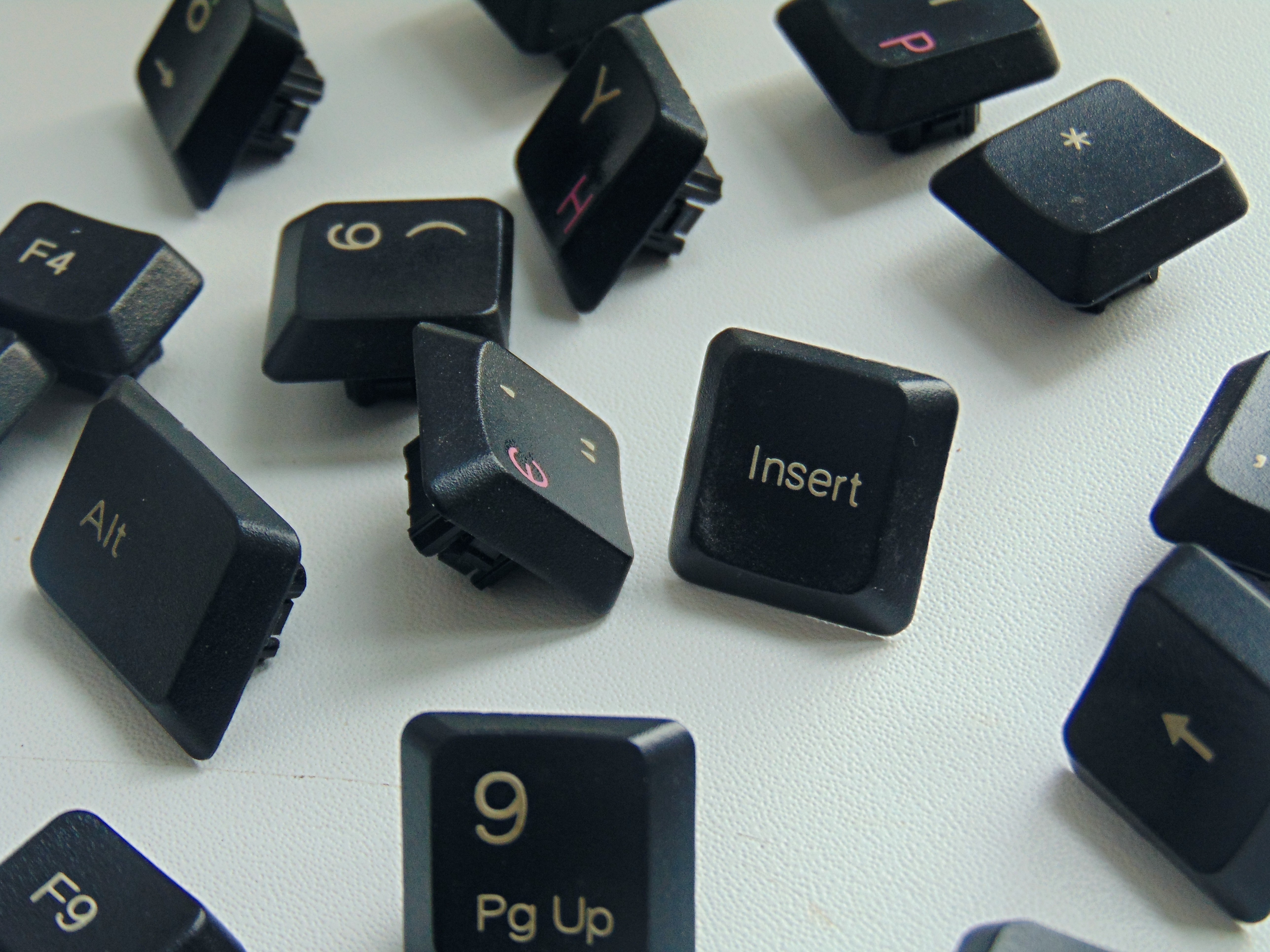From QWERTY to Dvorak

Table of Contents
Introduction
QWERTY is the standard English-language keyboard layout. It is named after what is likely the six-letter sequence on the top left of your keyboard. Almost everyone who types types in QWERTY. So if someone scrambled the positions of the keys on your keyboard, you'd probably be a really slow typer. This is what I did to myself at the beginning of the summer of 2020.
But I did it for good reasons! Or so I thought, as my typing speed plummeted from 80 words per minute to the single digits. I did it in the name of optimality. I was learning Dvorak — an alternate keyboard layout that claims more efficient typing than QWERTY, which looks like this:

Reasoning
I did a fair amount of research, and decided that:
- A lifetime of better efficiency and comfort (ergonomics) while typing in Dvorak is worth the effort
- The creators of Dvorak did some very compelling research on typing [1, 2], and successfully integrated their findings into Dvorak's layout
- I should be more or less back to a normal typing speed by the time my next semester of college starts (three months)
- It would probably be quite fun and humbling
- I could start right now for free
And with that, I changed my computer's keyboard settings to use Dvorak, made an account on TypingClub, and dove into the first exercise.
Experience
At first, I really struggled. It took a lot of discipline to suck at touch typing every day for a few weeks. I would try to perfect every exercise, repeating some exercises dozens of times. Nonetheless, slowly but surely, my fingers were learning how to type again. The small victories felt really good. TypingClub rewards you nicely throughout your journey, reminding you to celebrate when you might otherwise forget to.
By the end of the summer, my Dvorak typing skills were in a place that I was happy with. I was typing at my original speed of 80 words per minute, with the big difference that my fingers were now not in pain and exhausted after two minutes of typing at that speed, as was the case for me with QWERTY. However, after not typing in QWERTY on my computer for three months, I actually forgot how to type in QWERTY, despite typing in QWERTY with my thumbs on my phone throughout.
Conclusions and Insights
Upon writing, I have been a devout Dvorak user for just over a year.
- I am very comfortable typing in Dvorak, and type at higher speeds (105 words per minute) than I was able to in QWERTY (80 words per minute)
- It is nice that people can't easily use my computer, but it is inconvenient that I cannot easily use theirs
- My Dvorak capabilities are almost purely due to muscle memory — I have basically no visual conceptualization of where the keys are. While this is part of the philosophy of touch typing, sometimes it takes me a bit of time to find obscure keys in unfamiliar situations (i.e. '?' when using a new software where '?' has some novel functionality). This problem shouldn't affect QWERTY users, since they can just look down at their keyboard in such moments of confusion, and find the key that their mind cannot
- I generally have no problems with keyboard shortcuts. I have noticed that most shortcuts are chosen as a result of semantics (i.e. 'C' for copy) rather than because they are ergonomic on QWERTY (and potentially unergonomic on Dvorak)
- Although it is easy to change the current keyboard layout for a computer, say from QWERTY to Dvorak, it is annoying to also make a keyboard layout persist after the computer is restarted or shut down. This is especially annoying when I have to hop between computers for work
- To use Dvorak on iPhones, third-party software must be installed. I haven't bothered to set up and use Dvorak on my iPhone, since I find the typing experience in QWERTY fine. Furthermore, typing solely with my thumbs has a different muscle memory to typing with my fingers on a physical keyboard; although I've lost the ability to type in QWERTY on my computer, I can type in QWERTY on my iPhone
- Autocorrect is sometimes built to only recognise QWERTY errors
- When learning Dvorak, I should have also touch typed in QWERTY. For the past week I have been touch typing with both daily, to retain my Dvorak muscle memory and to regain my QWERTY muscle memory. It has been working very well so far.
Sometimes I wonder whether I would've been better off simply touch typing in QWERTY instead of faffing with Dvorak. In these moments, I seek solace in the Reasoning section of this blog post. At the very least, I got a good story out of the whole bloody fiasco.
Sources
Post image: "black keyboard on white background" by Sofia, hosted by Unsplash, license
IntroductionReasoning
- Ergonomics
- QWERTY vs. Dvorak
- Dvorak creators research URL 1
- Dvorak creators research URL 2
- TypingClub
Conclusions and Insights